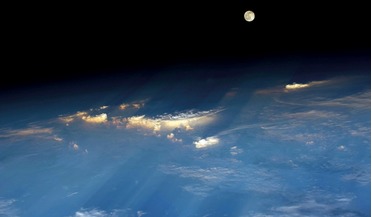 June 2017
How to build a Moon base cheaply
June 2017
How to build a Moon base cheaply
... or other asteroids than from the Earth. In some places where hydrocarbon will fall, gas deposits, such as CO, CO2 and H2O will also appear along with metals. These deposits can be used in later stages as rocket...
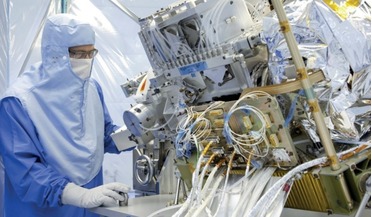 October 2017
Tracking air pollution and monitoring climate change
October 2017
Tracking air pollution and monitoring climate change
... measure total atmospheric column concentrations of methane, the second most potent man-made greenhouse gas (after CO2). Understanding the processes affecting its lifetime and distribution in the atmosphere will improve our knowledge of its...
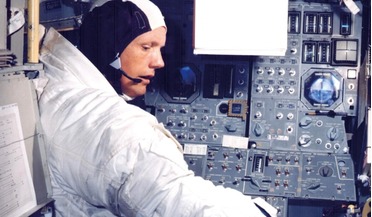 July 2019
A reluctant American hero
July 2019
A reluctant American hero
... agenda topic today and we have a worldwide grouping of nations seeking to limit the impact of climate change via CO2 emission controls – all monitored from space, of course. Section cropped from a panorama known as Plus Z and taken...
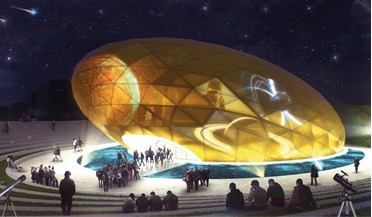 August 2019
Reinventing the space museum
August 2019
Reinventing the space museum
... makes manifest the forces and entities that float in the air, and their interactions with us: from CO2 to cosmic dust, from radio infrastructures to reimagined corridors of mobility. Thus, the invisible histories that compose the...
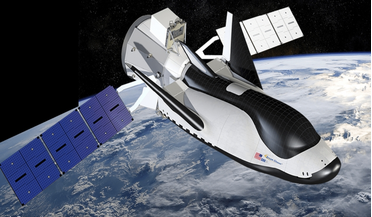 July 2020
Key technologies for space exploration
July 2020
Key technologies for space exploration
... garden’, known as the Advanced Plant Habitat (APH). With 180 sensors monitoring temperature, humidity, light levels, CO2 levels and other parameters critical to bioscience research, APH is a prime example of continuous innovation in use on the space...
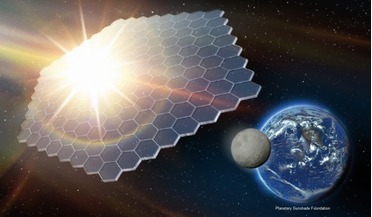 June 2022
Sunshades in space could help alleviate Earth’s climate crisis
June 2022
Sunshades in space could help alleviate Earth’s climate crisis
..., we must also contemplate how to reduce the effect of an already altered atmosphere. One way is to capture carbon dioxide (CO2) emissions and replace them in the ground, a process which naturally occurs over millennia and might technologically...